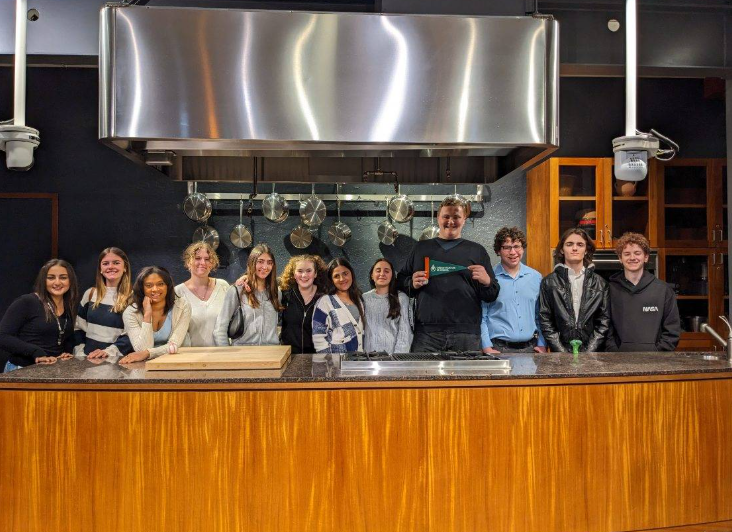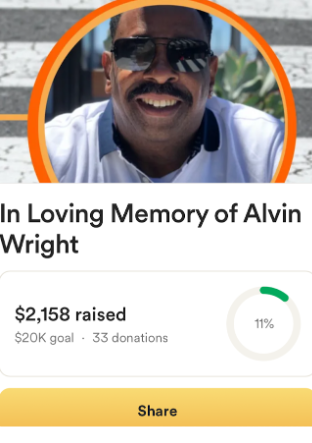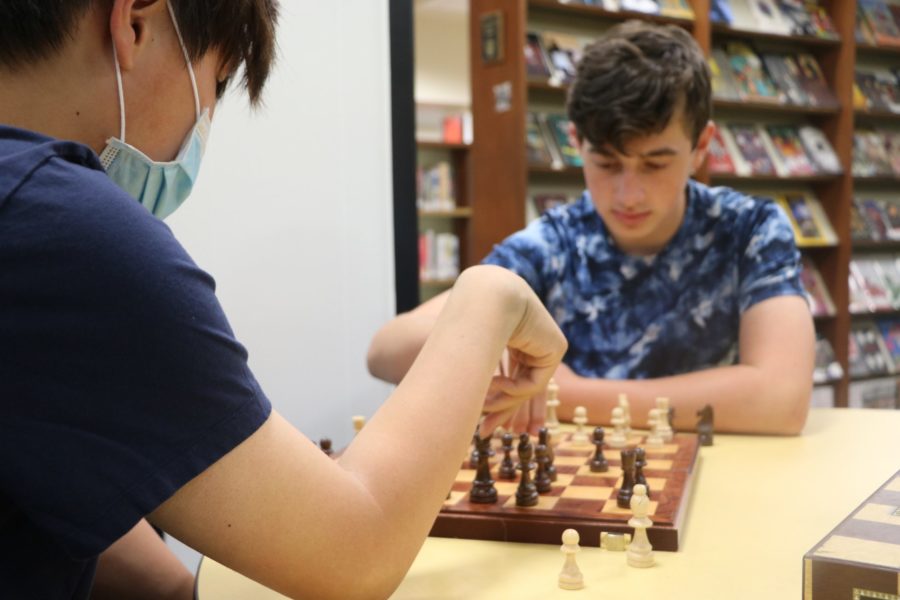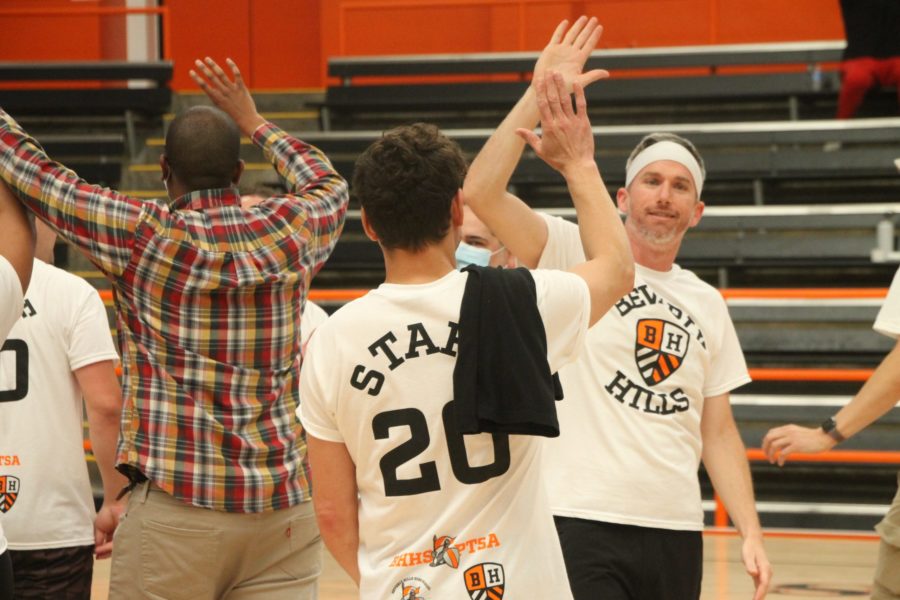Danny Licht, culture editor
Every time my seventh-grade brother sees my math homework he asks me, “Can math disappear before I get to high school?” I don’t even courtesy-laugh, as to delay further proliferation of bad humor in my family, but I do understand his worries: as students mature, math seems to become exponentially more convoluted, where, in fact, it is the explaining of concepts that becomes difficult. But thanks to a former hedge-fund analyst, that’s all changing.
Salman Khan started sending voiced-over math tutorials, colorful in both marker and content, to his cousin, in 2004. Due to demand, he began posting his videos on YouTube, where they became popular. In the videos, Khan speaks brilliantly but not condescendingly. Students across the country, including some at Beverly, turned to these digestible videos to learn.
Khan has left his job as a hedge-fund analyst to run Khan Academy, a website with lessons and exercises that boldly promise to teach “almost anything,” though they focus on the sciences. With donations from the likes of Bill Gates (wealthy humanitarian) and Google (wealthy corporation), Khan Academy has enough wealth to be freely accessible to everyone. On multiple occasions, I’ve used the site for chemistry, algebra and trigonometry.
So good lectures are good, and online exercises are great, but what makes this website more important than its contemporaries?
Being an intuitive web application, Khan Academy tracks student’s progress, so there’s no escaping hard concepts. Before moving ahead, the site reroutes the student until he truly understands each concept. Moreover, a visual bar tracks progress, which, however miraculously, helps motivate students to plow through difficulty.
And, on the flip side, the educational hungers of advanced students are limited only by their time. Currently with 3,600 videos, Khan Academy fosters educational diversity, teaching everything from cell division to Jackson Pollock’s techniques.
Now you’re probably just about convinced — “Wow, this really does sound great!” — but then you might go deeper and think, “Well, how do teachers, the life-blood of the classroom, fit into this magical world of intellectual possibility?”
To think that teachers are nonessential in this brave new world is to miss the point. With Khan Academy, the teacher’s job becomes one of even deeper importance. Rather than spending time lecturing, the teacher can become totally and certainly aware of areas where students need help, and can finally spend time focussing on the truly tough concepts rather than the inherently simple but difficult-to-explain ones. And more than that, the teacher can spend time with meaningful hands-on, offline activities that deepen student understanding. Simply speaking, Khan takes care of the rote learning, which he makes quick and simple, and teachers get to focus on deepening the student’s understanding.
But don’t take my word; take a case study’s. At Oakland Unity High School, outside San Francisco, math test scores increased by twofold, after a year of utilizing Khan, compared to the previous year’s scores. (Both years had the same average summer pre-test score.)
“Now that [students] are fully engaged, I actually have more of a challenge being a math teacher,” Oakland Unity math teacher Peter McIntosh said, in a video on Khan Academy’s website. “Now I have to find a way to really take them deeper into more complex problems, solving more difficult word problems, because they are engaged and they’re ready for it.”
Though I’m no education expert, this approach to learning feels right where the current system, with its impersonal and outdated roots, feels wrong. Khan Academy is a meritocracy: students progress when they are ready and regress when they are not. In permitting and promoting both growth and catch-up, the software is a brilliant rethinking of how to learn.
And it empowers teachers as much as it does students. No more precious class time will be wasted on concepts students already understand. Teachers will get to work one-on-one with students they have discovered are falling behind — and all this before the test, before it is too late. Following their humanities counterparts, math and science classes will be able to facilitate meaningful discussion where they have been traditionally confined to lectures. Teachers will no longer need to do the thing they complain about most: repeating themselves. Instead, the insentient videos, which never tire of repetition, will take care of this monotony.
In this new era of education, let Beverly be a trailblazer. Teachers, administrators and board members should promote this adjustment, if not for me — I know reform can be sluggish — then for my brother. The next time I graph a sinusoidal function at the kitchen table and my brother quips his signature half- joke, I want to be able to smile back at him, knowingly. Math, as well as other subjects, will not disappear, but, with a little help from Salman Kahn, it will get better.
Categories:
Khan academy offers opportunity for education
December 20, 2012
0
Donate to Highlights
$125
$1000
Contributed
Our Goal
Your donation will support the student journalists of Beverly Hills High School. Your contribution will allow us to purchase equipment and cover our annual website hosting costs.
More to Discover




























